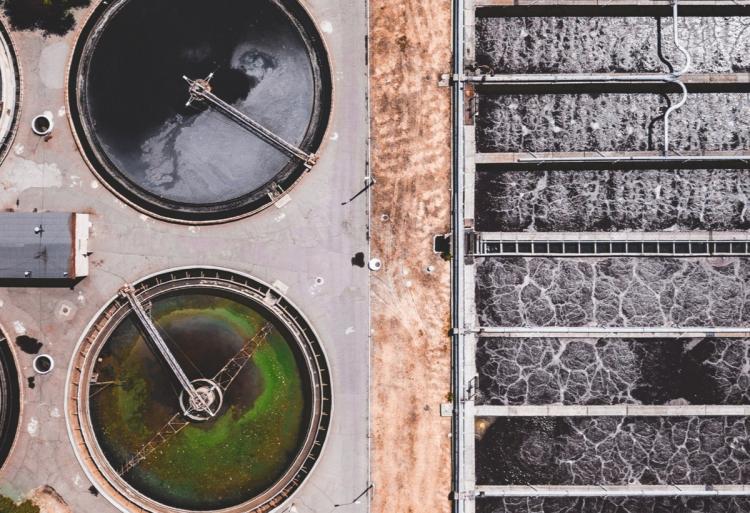Background
 Anaerobic digestion is the most common process used to reduce sewage sludge volume in the world. Digestion is a low-tech treatment process which has two high-volume byproducts which are relevant to steel slag products: (1) stabilized biosolids, which are land applied as fertilizers and (2) natural gas which is burned for heat and electricity. Digesters are employed to create renewable energy at most large wastewater treatment plants. Despite these benefits, anaerobic digestion is a relatively fragile microbiological process, the efficiency of which is sensitive to a variety of factors. Alone, anaerobic digestions also transfer potentially valuable phosphorus and sulfur species into byproducts. Thus, there is a need in the art for an anaerobic digestion wastewater treatment process that is more robust than those currently available, and that sequesters phosphorus and sulfur directly in the digester.
Anaerobic digestion is the most common process used to reduce sewage sludge volume in the world. Digestion is a low-tech treatment process which has two high-volume byproducts which are relevant to steel slag products: (1) stabilized biosolids, which are land applied as fertilizers and (2) natural gas which is burned for heat and electricity. Digesters are employed to create renewable energy at most large wastewater treatment plants. Despite these benefits, anaerobic digestion is a relatively fragile microbiological process, the efficiency of which is sensitive to a variety of factors. Alone, anaerobic digestions also transfer potentially valuable phosphorus and sulfur species into byproducts. Thus, there is a need in the art for an anaerobic digestion wastewater treatment process that is more robust than those currently available, and that sequesters phosphorus and sulfur directly in the digester.
Technology Overview
Researchers at CU Boulder have addressed these needs by the addition of residuals from iron- and steel-making processes, known as slag. Particularly, certain types of steel slag granules or fines. Specifically, the addition of basic steel slag particles to the anaerobic digestion process improves biogas production by enriching the methane content. This is due to the sequestration of hydrogen sulfide and phosphorus.
Benefits
- Enriched methane content in biogas
- Sequestration of macronutrients such as sulfur and phosphorus
- Slag can be reused as fertilizer after sequestration
Applications
- Commercial wastewater treatment
Patents
IP Status
-
Patented
Seeking
- Development partner
- Commercial partner
- Licensing
Nicole Forsberg: nicole.forsberg@colorado.edu




